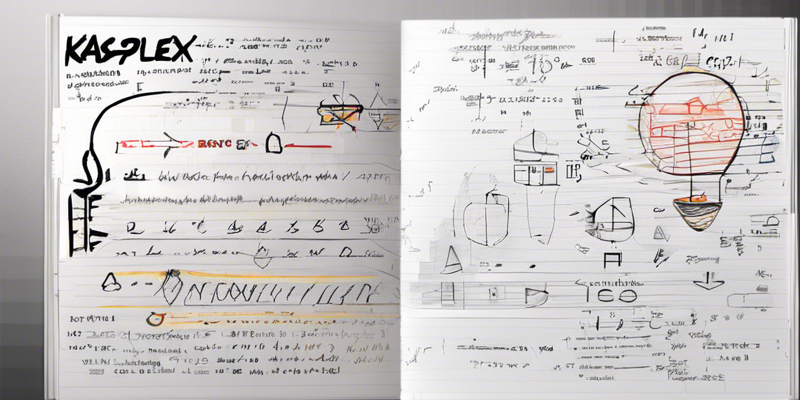Author: @5bb55b @khriskang
Inscriptions and fair launch mechanisms have allowed us to witness many possibilities of the Bitcoin ecology and demonstrated the effective on-chain application method of data inscription. This can even be traced back to the Colored Coins and Omni protocol from ten years ago.
However, the network is currently grappling with significant challenges. Gas fees, hundreds of times higher, are severely impeding the normal circulation of assets. The surge in dust UTXO, the centralized transaction market, and the risk of losing inscription assets due to slight operational errors are all part of the expensive and slow-moving landscape unique to the current Bitcoin ecology, highlighting the urgent need for improvements.
But do we have to return to the framework of smart contracts? The answer is no. This is not a multiple-choice question. From the perspective of various on-chain application scenarios for assets, a more accurate view is that they will have a complementary paradigm relationship. The Turing completeness of smart contracts has become the soil for unlimited innovation, and it is the primary driving force for promoting the development of the on-chain ecology. On the other hand, data inscription and its various protocols constitute a solidified form with various specific applications, such as inserting data into on-chain transaction data or UTXOs and then parsing it by rules. This is undoubtedly safer and more energy efficient.
The blockchain ecosystem is still in the early stages of development. Still, many proven and vibrant application protocols can already be implemented through the mechanism of data inscription and operate at high speeds. However, some of them are quite complex, such as:
-
Fair launch tokens, such as BRC20;
-
Token issuance with entities, such as ERC20;
-
Non-fungible tokens, such as ERC721;
-
On-chain games and their loyalty systems;
-
Decentralized exchanges and cross-chain bridges;
-
Decentralized finance and others.

As a foundation, we need a modernized UTXO highway that must be fully decentralized, for which it needs to challenge several highly difficult goals: based on pure POW consensus and loyal ASIC miners, global SOLO mining achievable at ultra-high BPS, full nodes with hardware that can run long-term at a cost of only $100 through pruning mechanisms, and a transaction throughput of at least 3,000 TPS.
KASPA has already achieved this. Just imagine what exciting chemical reaction the inscription paradigm and Kaspa could produce. Imagining the future ecology is always infinitely wonderful. Still, before that, we must go through the tedious and dull engineering proofs and implementations, which is especially important in an environment filled with many seeking short-term interests.

First, we need a complete set of new ecological protocols, which should unify the data standards of all kinds of assets, not just the deployment of tokens from fair issuance but also non-fungible tokens (NFTs) and token issuance modes with entities, the latter of which provides possibilities for implementing stablecoins or RWAs.
Secondly, we should allow these assets to truly achieve decentralization when circulating, whether in token markets or exchanges. These are complex, but fortunately, the key parts have passed basic proofs and will be implemented in the protocols.
All data will be inscribed on-chain, which is a prerequisite for a decentralized system. From a technical perspective, there are usually several ways to inscribe data into UTXOs:
-
OP_RETURN - annotation data;
-
P2SH - redeem script;
-
P2TR - witness script;
-
P2PK - customized public key.
Regardless of which method the protocol eventually adopts, it should not bloat the UTXOs and burden full nodes with more expensive hardware. Otherwise, it will be doomed to fail. Here we see the advanced features of KASPA resolving bloating issues:
-
Node pruning mechanism - Perfectly avoids the sedimentation of redundant data;
-
High-speed transfers and low fees - Wallets can merge UTXOs anytime;
-
Additional fee model - Governance for specific high-frequency operations;
-
PSKT - Provides secure and decentralized asset trading (Atomic Swap).

Protocol-related data is parsed from on-chain data by indexers, which are open-source, easy to deploy, and can be run by individuals or service providers. This realizes a basic consensus that anyone can independently verify the authenticity of all data. In addition, indexers will also provide a series of APIs that wallets and browsers can call:
-
On-chain asset queries, including token status and address balances;
-
Generation of transaction data, such as deployment or minting;
-
On-chain order information, token market, or liquidity status;
-
System status information related to nodes and indexers.
We must carefully implement all of this in stages, but the good news is that this may not take too long. Finally, as a closing remark, "The cornerstone of the ecology is the diversity of assets and their unimpeded circulation".




评论 (0)